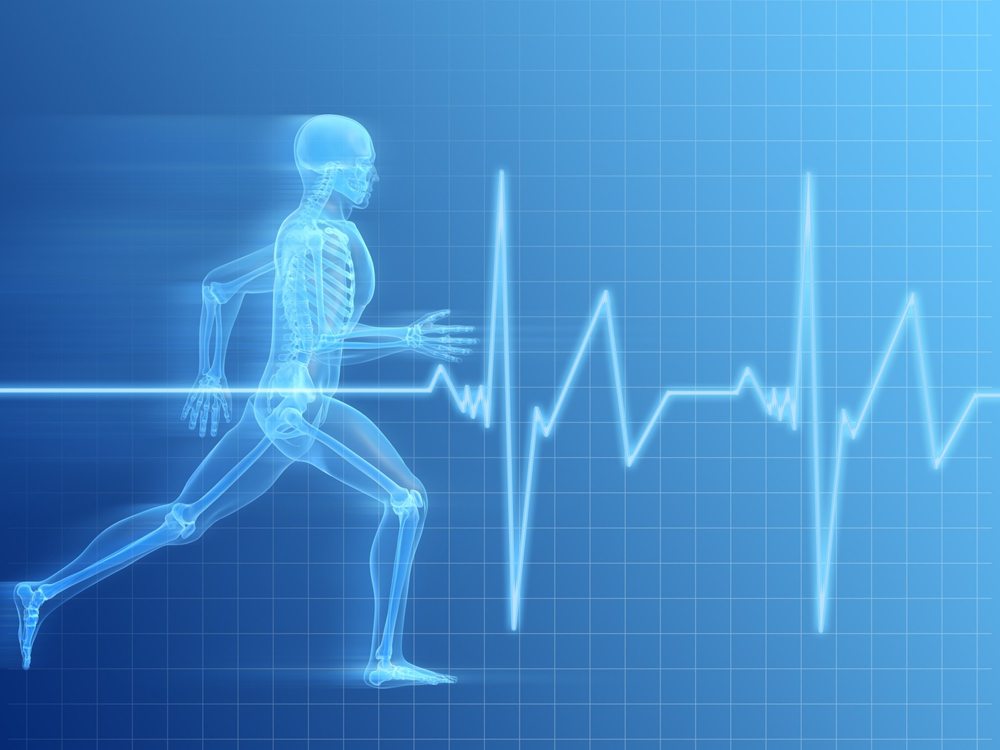

Picture Archiving and Communication System
Picture Archiving and Communications System (PACS) are computers or networks dedicated to the storage, retrieval, distribution and presentation of images. The images are stored in an independent format, the most common of which is DICOM. The established benefits of PACS (rapid creation and distribution of reports, image availability, and, ultimately, improved patient care) could then be extended from radiologic images to any images. Creating a new information system in each specialty incurs additional expenses, requires additional ongoing support, and prevents a unified interface for the image consumers: most often, referring physicians. Once the images are stored in PACS, they are distributed just as radiologic images are. This allows other departments to leverage the robust distribution system that has been established for radiology.
The IT (Information-technology) department of the hospital understands the value of having a single source, a core infrastructure that provides ubiquitous service across the enterprise. By being able to put all of their information in a single archive, i.e., PACS, various departments can achieve not only financial and clinical advantages, but space advantages as well.

An important part of any PACS offering is its ability to seamlessly accept DICOM images from a wide range of diagnostic equipment.
Ultrasonography
Magnetic Resonance Imaging (MRI)
Positron Emission Tomography
Computed Tomography
Endoscopy
Mammography
Radiography (plain X-rays)
Cardiology
Dermatology
Pathology
Orthopedics
Obstetrics, etc
Presently, other areas of medicine are increasingly relying on image data to supplement traditional patient information. Examples can be found virtually in every department, including images of Retinal pictures in ophthalmology, Dentistry Otolaryngology, and Microscopic specimens in pathology.
Benefits for doctors and institution
1. Elimination of hard-copy film thereby providing greater ease of storage.
2. Images can be viewed in minutes by practitioners after an exam is completed.
3. RIS interface to streamline data entry and eliminate redundant manual entry.
4. Reduced processing time for medical imaging exams.
5. Greater flexibility in image access.
6. Improved patient care.
7. Centralized Archiving and Viewing.
8. Ensuring high data security.
9. Reduced cost and greater efficiency.